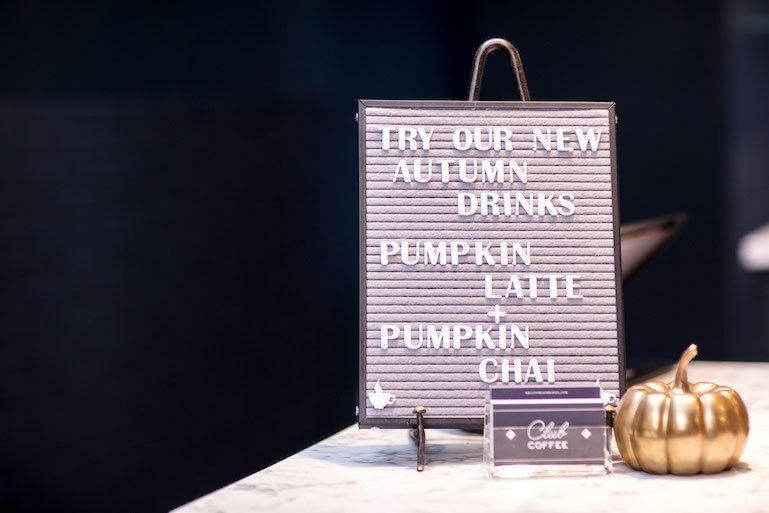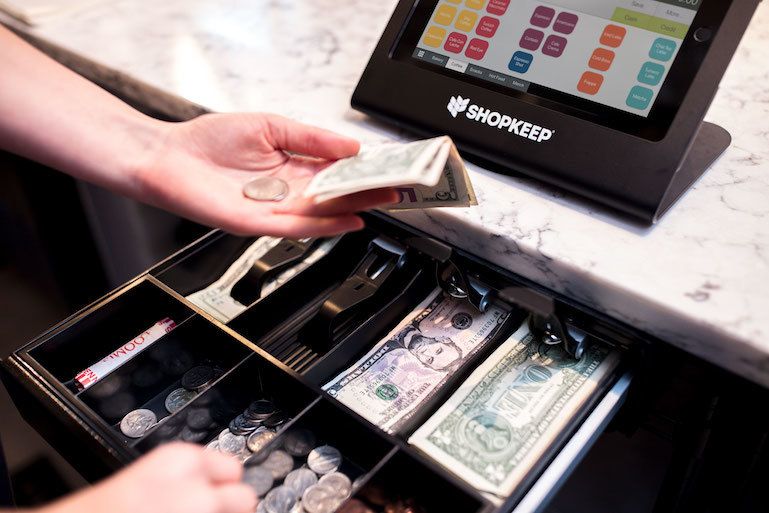
5 Marketing Tactics to Manage Seasonal Highs and Lows
Every small business will deal with seasonal highs and lows—it’s how you manage your marketing during this time that determines whether it affects your success.
A slow season doesn’t mean you stop working, kick back and relax. Rather, making the most of this time is key to preparing for your busy season and making sure it’s as successful as possible. Use the following marketing ideas to manage the high’s and low’s that you’ll inevitably face. You’ll find that the better prepared and more productive you are, the easier it is to handle both.
Create a Marketing Calendar
The best defense against seasonal lows is an annual marketing calendar, including your plans for each season. Co-Schedule found that “marketers with a documented strategy are 313 percent more likely to report success.” With your marketing plans outlined, you can plan ahead to be most successful during the high season and make use of your extra time during the lows of the slow season.
What’s more, thanks to your marketing calendar, you’ll know what marketing materials need to be handled well before you’re busy rushing around, avoiding any stressful, last-minute scrambling.
The basics of a great marketing calendar include key dates, holidays and seasonal trends that dictate anticipated revenue and marketing needs. If you’re a new business, however, start with ShopKeep’s retail marketing strategy blog post to define critical details, including audience, buyer personas, and personalization. All of this will affect which holidays are most important, which trends you should watch for, and more.
If you’ve already nailed these details down, you can dive right into creating your marketing calendar with Search Engine Journal’s 2019 marketing calendar template.
SEE ALSO: Need Funding to Fuel Your Marketing? Learn How ShopKeep Capital Can Help.
Get Hyper Local During the Low-Season
Your slow season is a great time to test different types of marketing as you prepare for the rush of busier times ahead. As a small local retailer or restaurant, you rely on your community to frequent your business, which is why getting “hyper local” is critical. With more time on your hands, you can focus on this aspect of marketing.
While much of our marketing time is spent in the digital space, Dustin Hodgson, co-owner of MyCreativeShop suggests using print to develop hyper local marketing that “meets your audience where they are.” This can be more effective than digital, he explains:
“For example, a customer will physically interact with a localized postcard. This makes it more effective than a hashtag on an Instagram post that quickly disappears in a sea of noise.” If you’ve never tested print marketing, there are a variety of mediums you can use to reach local customers during your slow season, including postcards, posters, and flyers.
As you might imagine, testing this hyper-local print strategy be time-consuming, but it can help you drive sales during your busy season too. Use the seasonal lull to test designs, get your branding right, and actively promote your business within the community.
Be sure to test including coupons or discounts with your print materials. A 2018 study found that consumers want to spend if they have an offer. In fact, 58 percent say the offer itself would increase the likelihood that they purchase and 41 percent say they would look spend just to use the offer. During the slow season, this could be the difference between making the extra sales that get you through.
Find Additional Streams of Revenue
A simple way to manage seasonal lows is to create additional streams of revenues; ways to make money that fall outside your immediate service or product offering. As a restaurateur or retailer, there are many ways to bring in extra revenue, depending on what you or your staff can offer, who your audience is, and what resources you have.
For example, a local restaurant could offer cooking classes during the low season if they have enough space in their kitchen to host students and staff that can teach. Conversely, a restaurant could rent out their space for local events or test the waters with local catering.
Here are a few ideas for retailers and restaurant owners to consider:
- Share your space: events, photo shoots, workshops or other private events.
- On-location events and workshops. Think: personal styling session for retailers or cooking classes for restaurants.
- Sell online. Can you jar and sell your famous salsa or get your top-selling clothing line online? For some businesses, like those in the food industry, this may be harder to execute, due to regulations around selling and shipping food. However, going online allows you to reach a broader audience during the slow season.

Get Ahead With Social Media Branding During the Slow Season
You may not be able to drive sales during the slow season, but you can focus on brand building with social media. Social media is a valuable tool for marketing, with 58.8 percent of marketers saying it’s “very important,” according to Buffer’s 2019 State of Social.
The slow season is a great time to tighten up your look and messaging and get extra active on social media to build buzz as you head into a seasonal high. Plus, with all this momentum behind you, your busy season may be busier than ever.
To get ahead with social media branding, start at the beginning: Who is your brand? Is it clearly defined? Do you have brand guidelines? If not, start by asking yourself:
- Who are we?
- What do we sound like?
- What makes people want to connect with us?
If your brand is already well-defined, it’s time to get active on social media and create a strategy that allows you to stand out among your competitors. Check out this extensive guide to branding in the age of social media for tips, inspiration, and resources.
Use the Data to Boost Impact During High Season
Use the extra time in your slow season to analyze your data in preparation for your busy season. Now is the time to be testing and connecting, while also learning about what’s worked and what hasn’t. As you look at the data, consider the following data points:
- Which social media sites drive the most clicks to your website?
- Which social media sites have the most engagement?
- Which marketing mediums drive the most sales? (that you can track)
- Which paid advertising campaign was the most successful? Why?
Use this to cross-reference your marketing plan ahead of the busy season. You know what’s worked in the past and what hasn’t, so does that change what you plan to do? Perhaps a specific ad campaign no longer seems valuable based on your last three paid campaigns. Update your marketing calendar as necessary and execute on what you know works to drive revenue.
Don’t forget to make note of what didn’t work. Test this during your slow season, when you have more time to play with features, ideas and, tactics.
SEE ALSO: 15 Proven Ways to Create Your Retail Growth Strategy
Manage Seasonal Highs and Lows
Use these marketing tips and ideas to manage the inevitable: the low of a slow season and the rush of a busy season. When you plan ahead and take advantage of the extra time—rather than letting it simply pass by—you’ll scramble less when business picks up and drive more sales thanks to improved brand awareness and better planning.
Want to try ShopKeep for yourself?
Just answer a few easy questions.
Need help finding the right point of sale?
Just complete the form. We’ll call you right back to explain how ShopKeep can work for you.
Hit the ground running.Sprinting, in fact!
Read our free, comprehensive guide, Small Business 101, to learn all you need to know about starting a thriving business.

